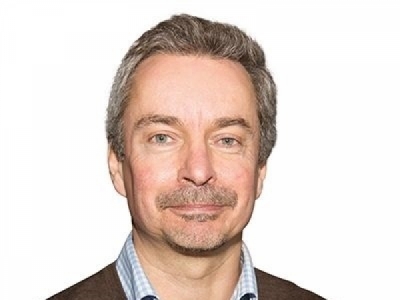
Posted on November 27, 2017
By David Foxwell, OSJ
One of the things that struck me putting together the 2017 Industry Leaders supplement to OSJ, which will be published shortly, is the growing importance of Dutch and – to a lesser extent – Belgian owners.
With the exception of Vroon Offshore, Dutch companies are not well known as owners of offshore support vessels, but they are growing in importance in related sectors of the offshore industry. So too is DEME in Belgium, of which GeoSea is a part.
Once a pure-play dredging outfit, the Netherlands-based Boskalis is a very different beast nowadays, having evolved into an owner of semi-submersible heavy-lift vessels, offshore installation, cable lay and survey vessels. In short, during the time that Peter Berdowski has been chief executive, it has diversified so that it offers a range of services up and down – and right across – the supply chain.
Most recently added to the Boskalis portfolio of capability is Gardline Group, acquired by the Dutch company earlier this year. Gardline specialises in marine geophysical, geotechnical and environmental surveys. With the acquisition, Mr Berdowski has fulfilled an ambition to build a position in the offshore survey market and become a specialist provider of geotechnical surveys for the offshore oil and gas and renewables markets. Gardline’s core geographical market is northwest Europe, where it was a main competitor of Fugro, a company that Boskalis built a position in last year and was said to be interested in acquiring.
In recent years, Boskalis has grown in the offshore oil and gas and offshore wind industries and a vessel it is currently converting will add to its capability in both sectors. That vessel is Bokalift 1, a semi-submersible heavy lifter that it is converting into a unit capable of combining a 3,000-tonne lifting capacity using a revolving crane with a deck area of 165 m x 43 m and a dynamic positioning class 2 (DP2) capability, giving it the ability to install jackets and monopiles for offshore wind turbines and to decommission obsolete oil and gas platforms and transport them ashore. Boskalis said it could also be used to transport and install certain types of newbuild oil and gas production platforms.
More recently, Boskalis confirmed that it is planning to venture further into the subsea vessel market, and is hoping to acquire a dive support ship.
In an update about its current situation, the company noted that an objective stated in its corporate business plan 2017-2019 is to strengthen the group’s market position in subsea services. “In a persistently challenging market there tend to be interesting opportunities for anti-cyclical investments in companies or equipment that will result in Boskalis being well-positioned when end-markets recover again,” the company said. It recently acquired the dive support vessel (DSV) Constructor, and said it is in advanced stages of negotiation for the acquisition of a modern, high-end DSV.
Not many companies can truly be said to have changed the world around them, but another Dutch company, Van Oord, really has. It has done so by working with the core elements that make up the planet – earth and water – not to mention, more recently, wind. It was once best-known purely as a dredging and marine outfit and undertook some of the largest land reclamation projects the world has seen. But in recent years, it has become much more than just a dredging company and is now one of the best-known contractors in the offshore wind energy industry. It owns and operates the installation vessel Aeolus and high-spec cable lay vessel Nexus. 2018 will see it take delivery of a new type of extremely flexible rock installation vessel, the first of its type in a number of respects, not least the fact that it is the first of the type with the Ulstein X-BOW hullform.
There were thought to be a number of potential suitors for the company when Dong Energy put turbine installation company A2SEA up for sale, but the firm that emerged with a deal was GeoSea, part of Belgium’s DEME group, which is led by Luc Vandenbulcke, its managing director. In acquiring A2SEA, GeoSea has added to and broadened the range of services it provides in the growing offshore wind industry. The companies are a strong, complementary fit with one another. GeoSea mainly specialises in foundation works and in the engineering, procurement, construction and installation of the balance of plant for offshore windfarms, whereas A2SEA specialises in transporting and installing turbines once the likes of GeoSea have done their work on the foundations. It makes perfect sense for the company he leads to have added the next stage of windfarm installation to its portfolio. More recently, GeoSea has also acquired G-tec.
I guess my point is that Dutch and Belgian companies such as Boskalis, Van Oord and DEME – which are not heavily in debt like their counterparts in the straight supply vessel market – are well-placed to continue to diversify. As I reported recently, Siem Offshore, a financially challenged Norwegian owner, is talking about selling Siem Offshore Contractors (SOC), a cable lay unit that specialises in offshore wind work. The Dutch and Belgian outfits mentioned above are already involved in offshore wind and they know that demand for cable lay assets is only going to grow. Germany-based SOC has some very tasty assets and a good track record. I wouldn’t be at all surprised if it ended up in Dutch – or Belgian – hands, and even if it doesn’t, expect more acquisitions by the above-mentioned.
Source: osj





